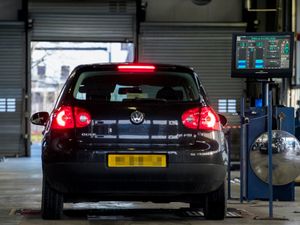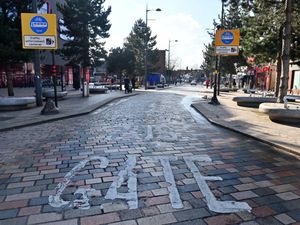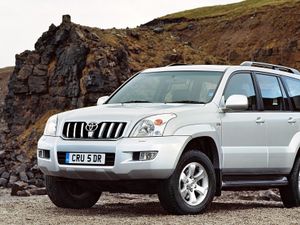What is an MOT and why is it important to have one?
The MOT test is a core part of driving in the UK – but what is it actually all about?

The Ministry of Transport test – or MOT – is a key part of ensuring that the cars in the UK have a basic level of roadworthiness. Introduced back in 1960, it has gone on to become the backbone of running and maintaining a car over three years old.
Now the government’s automatic MOT extension – introduced during the first national coronavirus lockdown – has finished, many cars will require their MOT having had it pushed back because of the policy.
But what is it and why do our cars need one? Let’s take a look.
So what exactly is an MOT?
An MOT is an annual maintenance check required to be carried out once a year on cars over three years old. It covers key areas of a car’s setup, including the brakes, lights and even the windscreen wipers. An emissions test is also performed to ensure that the car meets set standards.
Are there any things the MOT test doesn’t check?
Yes. The MOT won’t look at the engine, gearbox or clutch systems, but these still need to be in good working order. If your car can’t be driven onto the inspection ramp, for instance, then it’ll almost certainly fail.
How much should I pay for an MOT?
You might see garages advertising special MOT prices, but the truth is that the maximum that garages are allowed to charge by law is £54.85. So, as with other aspects of car ownership, shop around and see if you can find a cheaper deal elsewhere.

If your car fails its MOT then, in most cases, you’ll be able to have it booked in for a partial retest, which often comes for free or at a reduced rate. It needs to remain at the same test centre, however, and it needs to be retested within 10 working days.
How long will an MOT take?
An MOT test usually takes between 45 and 60 minutes, though if your car requires any repairs then you might have to wait around for longer. As a rule, it’s a good idea to foresee being without a car for the whole day – just in case any additional repairs are needed, or if your car fails its examination.
What happens when my car passes?
If your vehicle passes the MOT test, then you’ll get an MOT certificate from the test centre, and the pass will be recorded on a national database. In addition, you’ll also be notified of any ‘minor’ or ‘advisory’ issues which will need to be looked at or fixed in the future. You’re then free to drive away.
If my car fails its MOT, can I just drive it away?
No. If your car fails its MOT, then a garage can’t let you drive the car away to use as per usual – if your MOT certificate has expired, that is. If your car’s certificate is still valid – i.e. it’s still within the expiry date on your test – then you are able to drive it away.

You can still drive your car out of MOT to have the failed defects fixed or to go to a pre-arranged and pre-booked MOT test appointment.
However, if during the test any ‘dangerous’ faults have been listed, then you will be unable to drive it away. If you attempt to drive a car listed with ‘dangerous’ faults, you could face a fine of up to £2,500, three licence penalty points and even a driving ban.
You’ll need to get these faults rectified, then have the car re-tested. If it passes, then you’re free to drive away.
Can I still get an MOT during the second lockdown in England?
Absolutely. Testing centres are staying open during the lockdown, as are garages and servicing areas.
If your car requires an MOT, you’re still able to book it in and get it tested.
But can’t I just drive without an MOT?
Definitely not. If caught, you’ll be hit with a fixed penalty notice – usually dealt with by the police – of £100. Though no penalty points are issued if caught, a fine is imposed by courts up to a maximum of £1,000. It’s definitely cheaper to get your car tested.
Are any cars exempt from requiring an MOT?
There are a few cars which aren’t required to get an MOT. These include goods vehicles powered by electricity and registered before March 1, 2015, as well as classic cars which were built or first registered more than 40 years ago.
To qualify, these classic cars also need to have no ‘substantial changes’ in the last 30 years. These include replacing the chassis, body, axles or engines in order to completely change the way the vehicle operates.





